With its extraordinary landscapes, abundant wildlife, and enigmatic historic ruins, you can’t go wrong with Zimbabwe for photographic safaris. The landlocked country has some of the most breathtaking scenery on the African continent, if not the world.
Its photographic highlights include the dramatic granite formations of Matobo National Park, the ancient stone ruins of Great Zimbabwe, the rock art sites of Mashonaland and Matabeleland, and the stunning riverine forests of Mana Pools National Park. Then, of course, there’s Victoria Falls; photographing this natural wonder from the air is on many a traveller’s bucket list.
Though it’s utterly impossible to list all of Zim’s extraordinary photographic destinations, we have highlighted 10 of the very best that every keen shutter-bug should add to their plans. Read on to learn more about them.
1. Hwange National Park

Located in the northwest corner of Zimbabwe, Hwange National Park is the country’s largest natural reserve. It encompasses semi-desert scrub, vast savannahs, mopane woodlands, teak forests, and dramatic granite hills. Its extraordinary wildlife includes more than 100 mammal species and it’s home to one of the largest elephant populations in the world.
The park’s many other species include lions, leopards, African wild dogs, buffaloes, sable and roan antelopes, giraffes, wildebeest, and even gemsbok (oryx). And, with more than 400 bird species recorded, twitchers will be in their element here. The park has several lodges and campsites for accommodation. Each offers guided game drives, walking safaris, and night drives.
- Best For: Sightings of elephants, lions, and African wild dogs. Other rare animals seen here include aardvarks, porcupines, servals, and the extremely rare and critically endangered pangolin.
- Photographic Highlight: An image of elephants silhouetted against the vivid colours of a classic African sunset.
2. Mana Pools National Park

Mana Pools National Park lies below the Zambezi River, which forms Zimbabwe’s border with Zambia. In fact, Zambia’s Lower Zambezi National Park is on the opposite bank, making this an open environment for free-ranging animals like elephants and hippos.
In 1984, UNESCO proclaimed Mana Pools as part of a World Heritage Site, citing its untouched wildness and notable natural beauty. Once you’re here, you’ll understand. Its landscapes are a combination of riparian forests, with mahogany, ebony, baobab, and vachellia (acacia) trees, and the expansive floodplains of the Zambezi River.
The park is renowned for large populations of hippos and crocodiles and also hosts elephants, lions, leopards, buffaloes, and many antelope species. More than 380 bird species, including waterbirds and woodland species, make it a birding hotspot. Accommodation in Mana Pools includes safari lodges and luxury tented camps.
- Best For: Seeing hippos, crocodiles, and elephants. Endangered cheetahs, wild dogs, and brown hyenas can also be spotted here. Mana Pools is renowned for its superb walking safaris.
- Photographic Highlight: Close-ups of wildlife during guided walking safaris, including elephants standing on their hind legs to pick fruit.
3. Matobo National Park
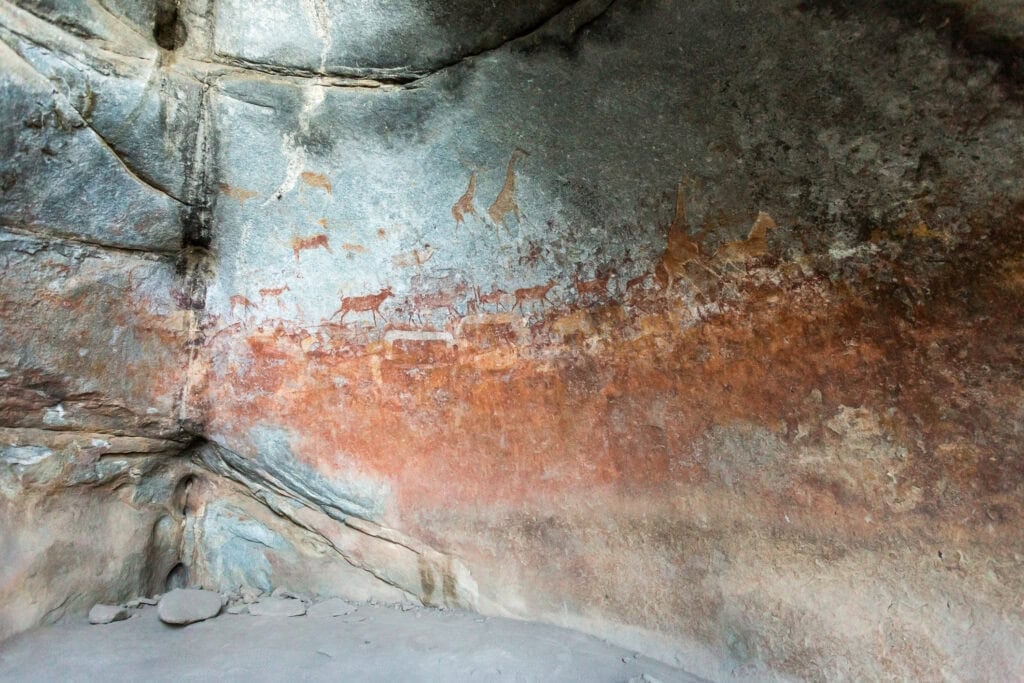
Granite koppies, ancient and weirdly balancing rock formations, and wooded valleys: that’s Matobo National Park. Located in the southern part of Zimbabwe, near Bulawayo, it’s another UNESCO World Heritage Site steeped in natural and historical significance. Perhaps its most notable feature is its granite “kopjes”, called matobo (bald heads) in IsiNdebele, which dot the landscape.
In terms of wildlife, the park is particularly famous for its successful rhino conservation efforts, making it one of the best places to see both black and white rhinos. Matobo is also known for its leopards (it has one of the largest populations of these big cats in southern Africa) as well as zebra, wildebeest, giraffe, and a diverse range of bird species. It’s equally renowned for its stunning ancient rock art, as well as hiking, rock climbing, and mountain biking.
- Best For: Seeing rhinos, leopards, rock hyrax (dassies), black eagles, and ancient rock art.
- Photographic Highlight: Capturing images of rhinos with a backdrop of unique rock formations.
4. Gonarezhou National Park
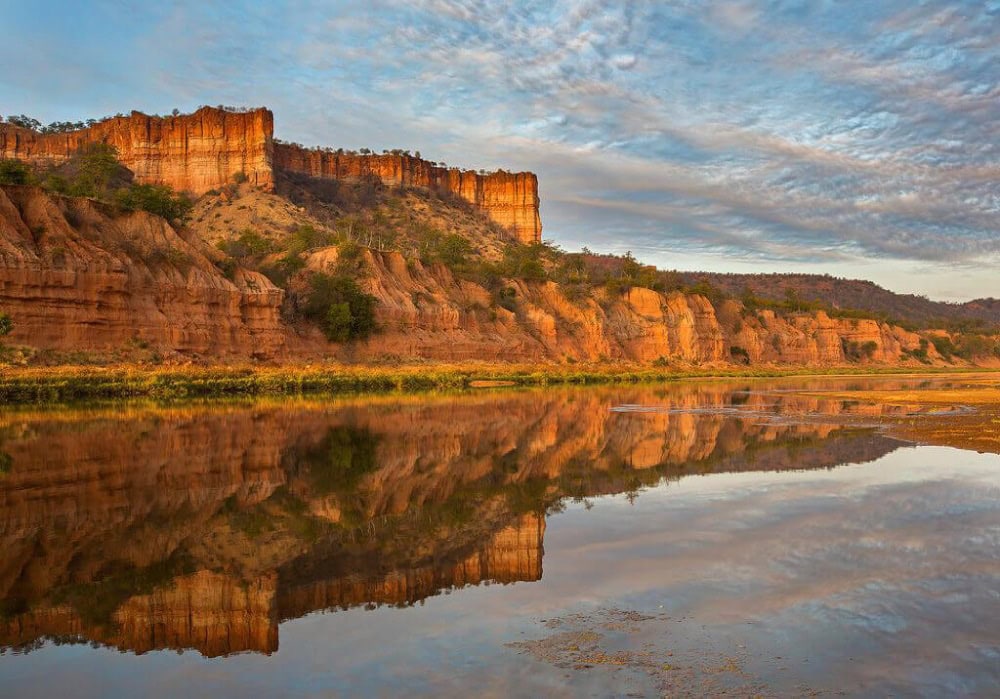
Towering red sandstone cliffs, baobabs, and rivers: Gonarezhou is a hidden gem for photographers and wildlife lovers. It’s off the beaten track, too, meaning it’s far less frequented than other parks.
As part of the Great Limpopo Transfrontier Park, it borders Kruger National Park in South Africa and Limpopo National Park in Mozambique. As such, it’s a prime example of this region’s vast, rugged terrain. Many consider Gonarezhou to be one of the last remaining pristine wildernesses in Africa.
Its most iconic feature is the imposing red sandstone Chilojo Cliffs, which make for some incredible photography. It’s also home to the Big Five and an elusive population of African wild dogs. Baobab-dotted scrubland, vachellia (acacia) woodlands, riverine areas, and vast mopane forests provide habitats for large herds of elephants. The park is also famous as an adventure and 4×4 destination.
- Best For: Seeing elephants, buffaloes, and antelopes.
- Photographic Highlight: The majestic Chilojo Cliffs at sunrise.
5. Victoria Falls
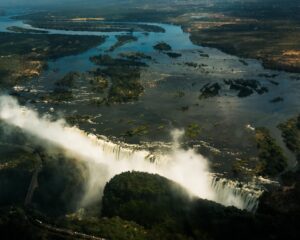
Victoria Falls; Mosi-oa-Tunya; The Smoke That Thunders. No matter what you call it, this is one of Africa’s most iconic natural spectacles and one of the world’s largest waterfalls overall. It marks the transition from the Upper Zambezi to the Middle Zambezi, spanning a width of 1,708 m and plunging up to 108 m below.
This UNESCO World Heritage Site is shared by Zimbabwe and Zambia. On the Zimbabwean side, Victoria Falls National Park extends several kilometres each side of the falls and is prime habitat for species like elephant, buffalo, white rhino, and many antelope.
The mist-soaked landscapes around Victoria Falls are as spectacular as the falls themselves, with lush rainforests, thrilling gorge views, and very photogenic rainbows. Several adventure activities are on offer, and the wide range of accommodation options include luxury hotels, lodges, and tented camps.
- Best For: A vast number of activities, beautiful rainbows, lush rainforests, dramatic gorge views, and birds like the iconic African fish eagle.
- Photographic Highlights: Too many to list, but the cascading falls under a full moon has to be up there!
6. Lake Kariba
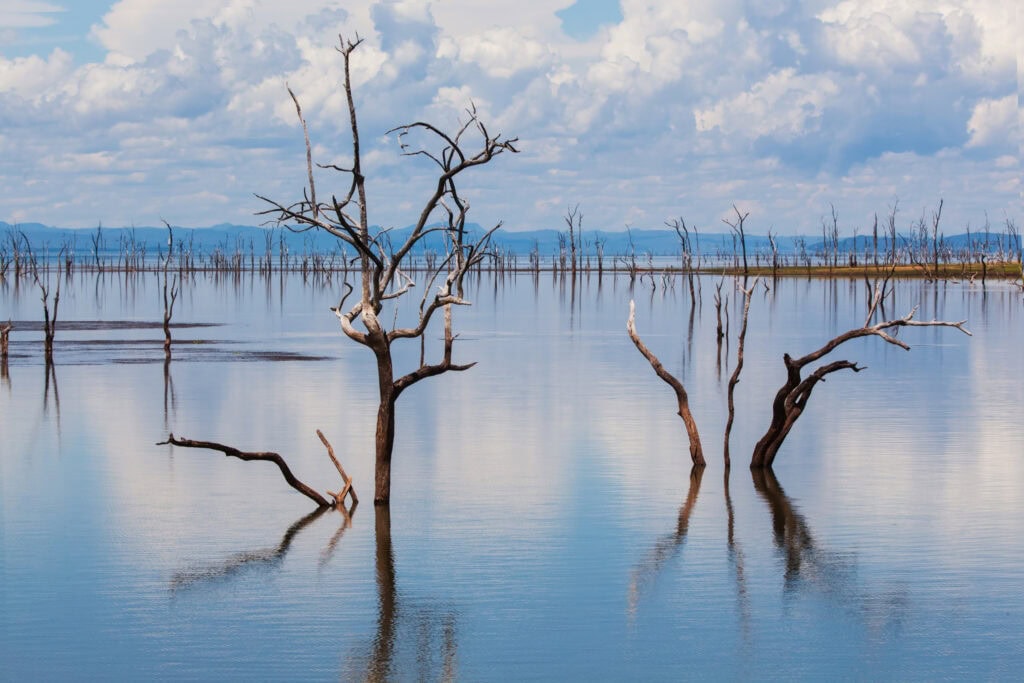
Straddling the border between Zimbabwe and Zambia, Lake Kariba is the world’s largest man-made lake by volume. Its expansive waters are marked by skeletal tree trunks that rise eerily from the still waters and offer an amazing setting for photography.
The wildlife around Lake Kariba is abundant, with large populations of hippos, elephants, and crocodiles, in particular. Its birdlife includes herons, kingfishers, and African fish eagles. Fishing from traditional wooden fishing boats is a popular activity here, as are luxury boat cruises.
Accommodation around Lake Kariba ranges from luxury lodges, safari camps, and houseboats to more rustic campsites ideal for family holidays.
- Best For: Sunsets, hippos, water birds, fishing, and boat cruises.
- Photographic Highlight: Evocative shots of the silhouettes of skeletal trees during the golden hours.
7. Kazuma Pan National Park
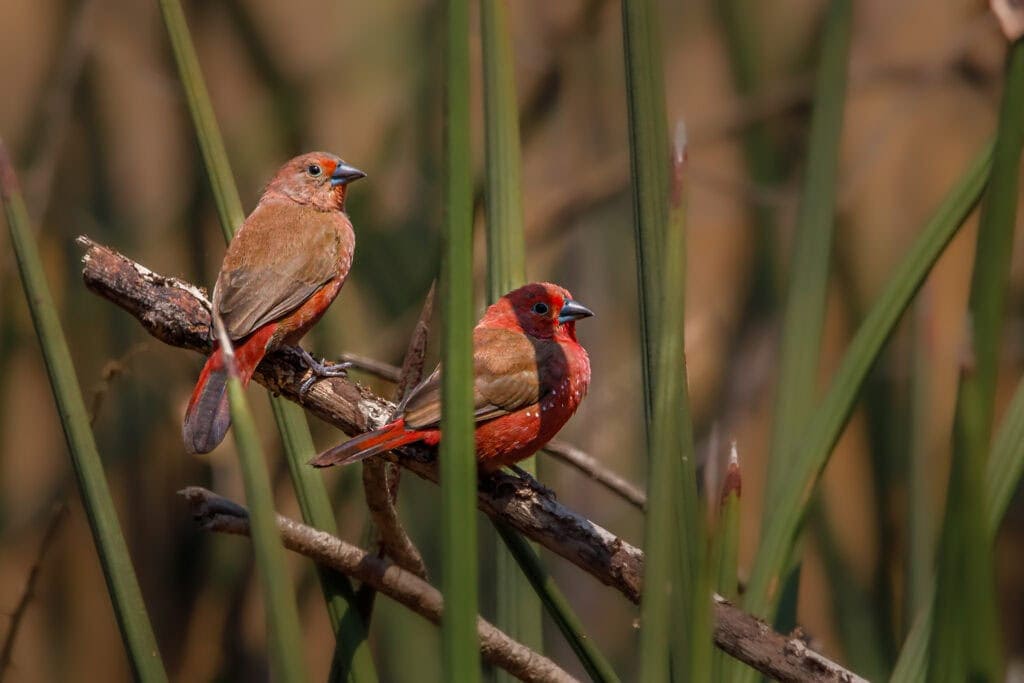
Lesser-known Kazuma Pan National Park is a protected area in the extreme northwest of Zimbabwe. In contrast to the country’s hilly and mountainous regions, it offers a blend of panoramic plains landscapes, abundant wildlife, and plenty of birdlife in an unspoiled, tranquil, and diverse environment.
Animals tend to congregate in the park’s vast grasslands, dense mopane woodlands, and around seasonal water pans. The park attracts a multitude of bird species like ducks, cormorants, cranes, and storks, and is renowned for its large herds of buffaloes and elephants. Lions, leopards, giraffes, zebras, as well as eland, reedbuck, gemsbok, roan, sable, and tsessebe antelope species all occur here.
- Best For: Sightings of buffaloes, elephants, and bird species, particularly waterbirds.
- Photographic Highlight: Capturing images of birds like egrets, storks, and pelicans taking off from the pans.
8. Chimanimani Mountains
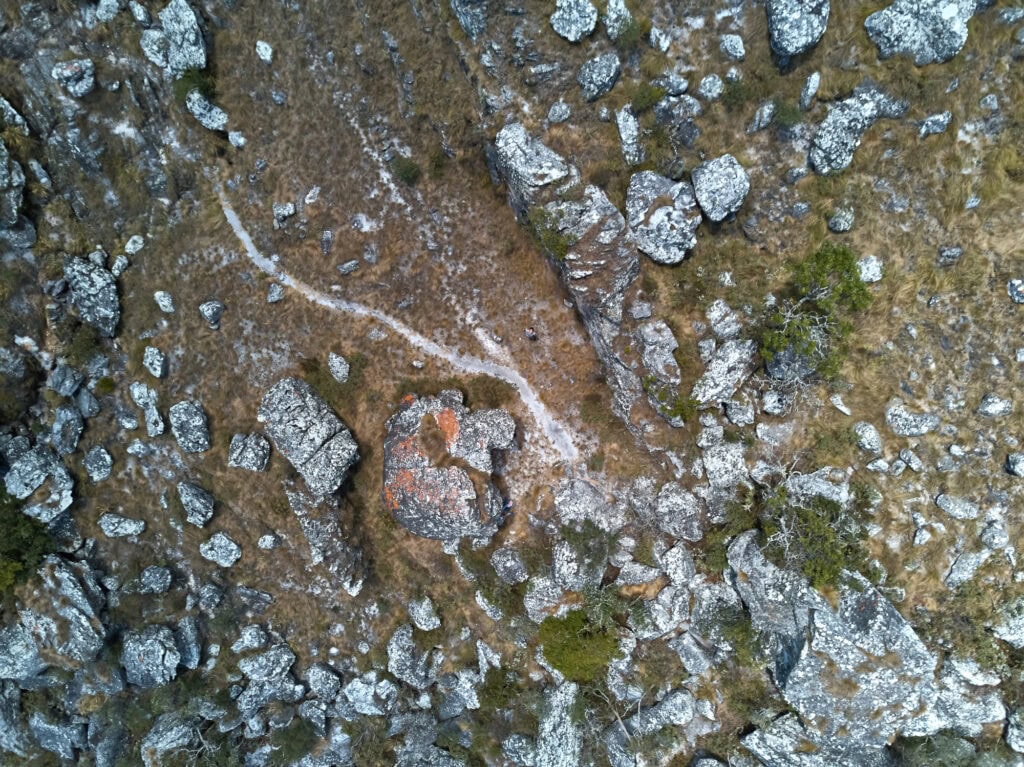
Forming part of the Eastern Highlands on the border between Zimbabwe and Mozambique, the Chimanimani Mountains include the country’s second-highest peak, Monte Binga.
Here, visitors can see unique montane plant ecosystems bisected by numerous waterfalls, crystal-clear streams, and deep gorges. If you’re into landscape photography, you should definitely include this destination on your Zimbabwe safari itinerary. Its astonishing flora includes rare orchids and aloes, which you can explore on several well-marked hiking trails.
Other activities include horse riding, fishing, and golf. Chimanimani National Park protects much of the landscape, and although it’s not a Big Five destination, it’s notable for its birdlife. Accommodation in the Chimanimani area ranges from camping sites to comfortable lodges.
- Best For: Viewing landscapes, waterfalls, and stunning endemic plants.
- Photographic Highlights: Sweeping vistas from the mountain peaks and capturing images of stunning floral specimens.
9. Matusadona National Park

Matusadona National Park extends to the shores of Lake Kariba in northern Zimbabwe. Like the lake itself, it’s a remarkable photographic destination, with scenery ranging from the tranquil albeit crocodile-infested shores of Lake Kariba to the rugged mountains of the Zambezi Escarpment.
As you can see wildlife all over Zimbabwe, the park is no different. It has many herds of African elephants and impressive lion prides, making for some epic wildlife photography. Activities on offer include game drives, walking safaris, and boat cruises. The park offers a range of accommodation options, from luxury lodges and houseboats to more rustic bush camps and camping sites.
- Best For: Seeing lions, elephants, and lake views as the light changes across the water.
- Photographic Highlight: Reflection shots of animals in the mirror-like surface of the lake during the early morning.
10. Nyanga National Park
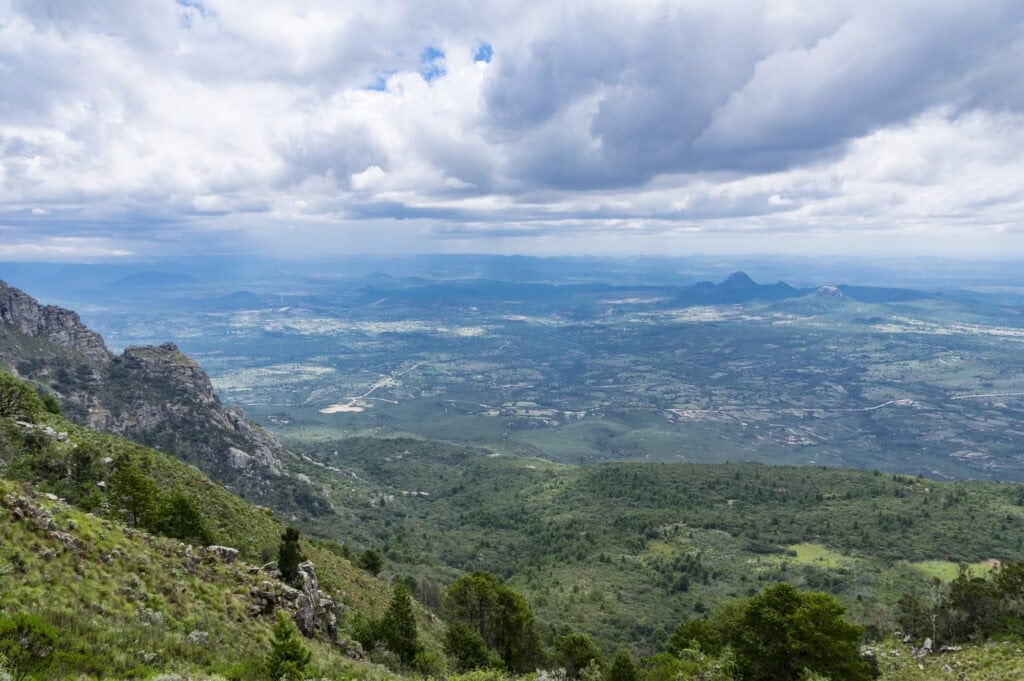
Nestled in the tranquil Eastern Highlands of Zimbabwe, Nyanga National Park protects Zimbabwe’s highest point: Mount Nyangani. As a result of its extreme montane environment, the park is home to interesting species like the endemic Nyanga aloe and healthy populations of blue duikers and samango monkeys.
The landscape comprises rolling green hills, high-altitude grasslands, and mist-covered mountains, which hide some of Zimbabwe’s most important archaeological sites. Mount Nyangani is a magnet for photographers, not just for its imposing peaks, but for the views it offers of the surrounding landscapes.
There are also numerous cascading waterfalls here, including Mutarazi Falls, the highest in the country. Wildlife found here includes kudu, eland, sable antelope, leopard, and abundant birdlife. Hiking, horse riding, and trout fishing are popular activities, and the accommodation options range from luxury lodges to comfortable chalets and camping sites.
- Best For: Landscapes, spectacular Nyangombe Falls and Mutarazi Falls, and the ancient ruins of pit structures.
- Photographic Highlight: Wide-angle shots of Mount Nyangani, Zimbabwe’s highest peak.
At Discover Africa, we know that Zimbabwe’s remarkable landscapes and rich wildlife make it a premier destination for visitors, wildlife enthusiasts, and photographers alike. From iconic Victoria Falls to the serene wildernesses of the country’s breathtaking Eastern Highlands, a safari in Zimbabwe offers unrivalled opportunities for every photographer, whether you’re a veteran or a part-time shutterbug.
Author: Adelle Bell
Published: 11 September 2024
Last Update: 6 January 2025